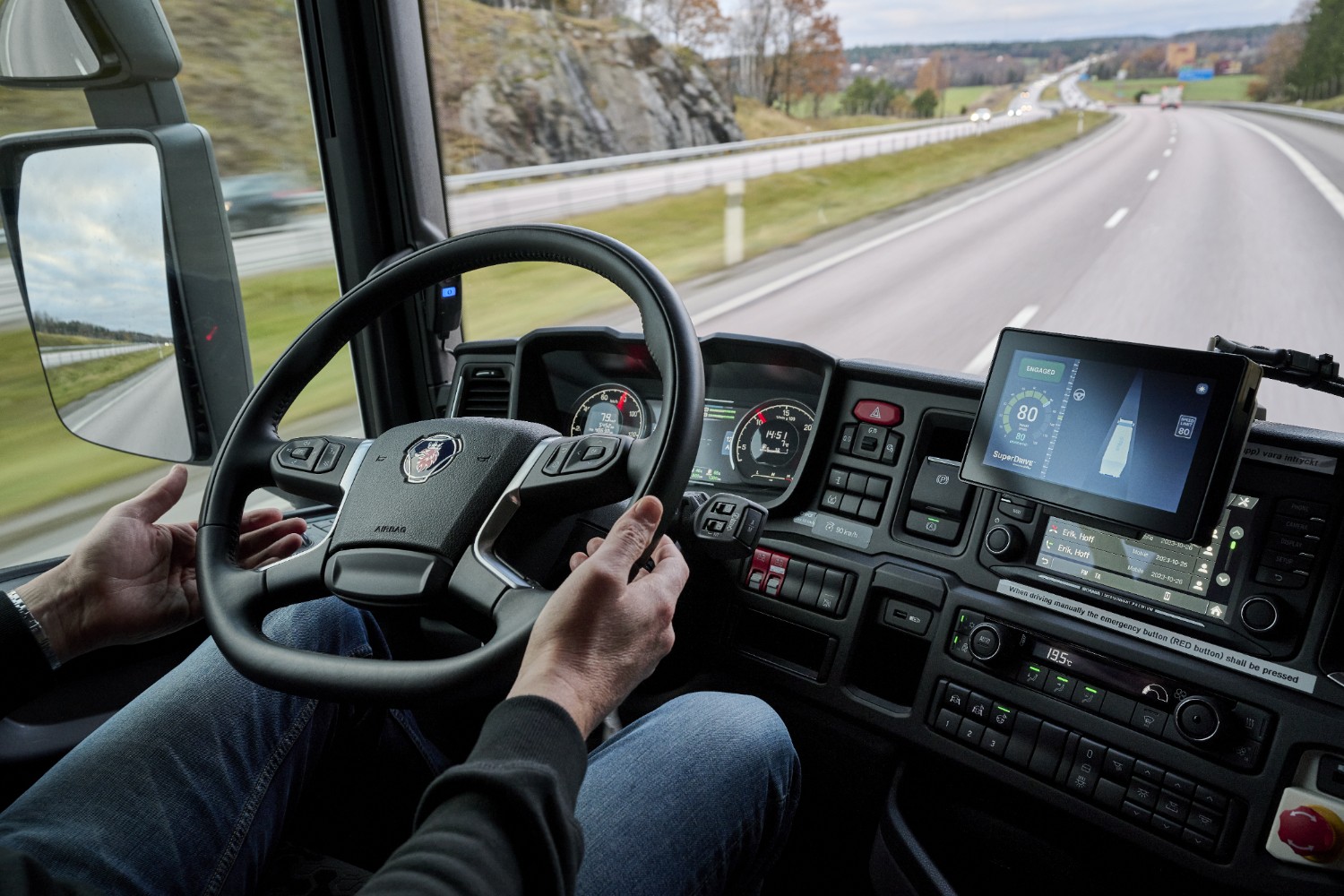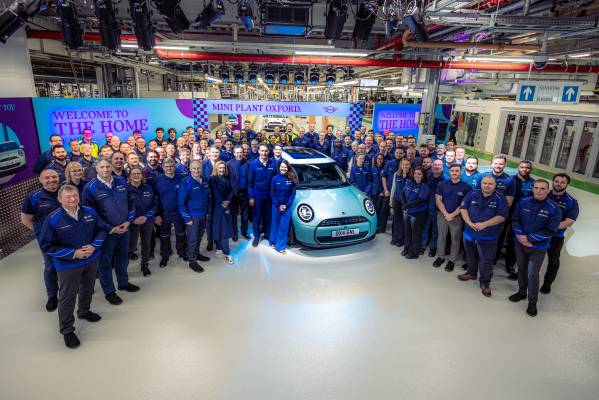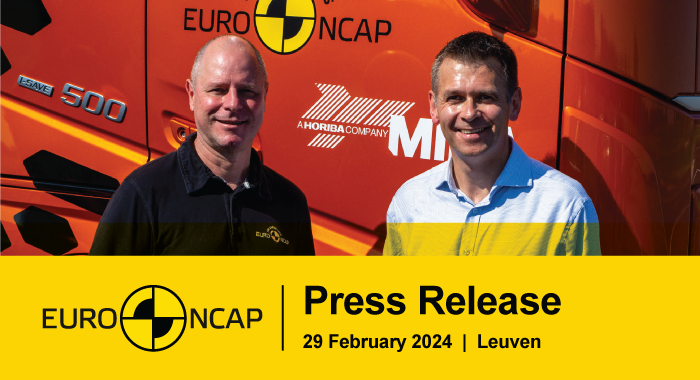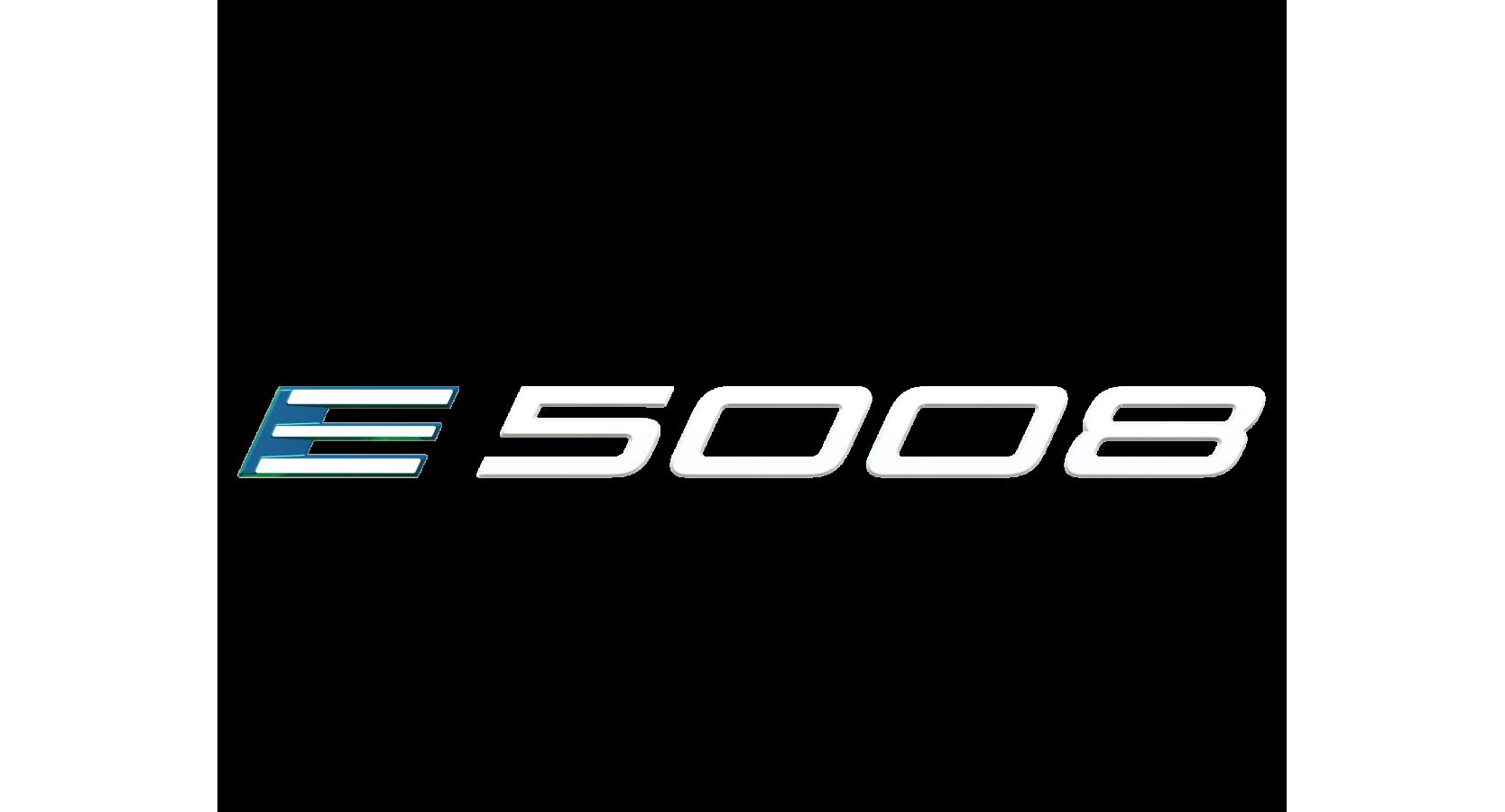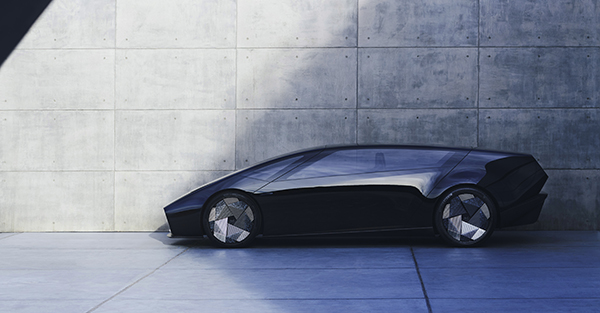
Honda today announced the “Honda 0 Series,” a new global EV series launching in 2026, represented by the world premiere of two concept models, Saloon and Space-Hub, at CES 2024. In 2026, Honda will introduce a model of the Honda 0 Series based on the Saloon concept in North America, followed by model introductions in Japan, Asia, Europe, Africa and the Middle East and South America. More information is available at the Honda 0 Series Website: https://0.honda/en/.
Honda also debuted a new H mark logo that will be used exclusively for the next-generation EV models.
“The mobility we dream of is not an extension of the trend of ‘thick, heavy, but smart’ EVs,” said Toshihiro Mibe, Global CEO of Honda. “We will create a completely new value from zero based on thin, light and wise as the foundation for our new Honda 0 EV series to further advance the joy and freedom of mobility to the next level.”
Global Debut of Two EV Concept Models
Honda unveiled two electrified concept models at CES 2024: the Saloon and Space-Hub. Both models were developed using a new Honda electrification design and engineering approach that will debut with the introduction of the Honda 0 Series.
“We have gone back to basics and formulated the Honda 0 Series with a design for the new era,” said Shinji Aoyama, Global EVP of Honda. “A bold and pure proportion that from the first glance is overwhelmingly different from other EVs to evoke a new perspective for people.”
Saloon
The Saloon is the flagship concept model of the Honda 0 Series. Sitting on a dedicated EV platform, the Saloon delivers on the Honda “M/M*1” man maximum/machine minimum packaging concept with its low and wide exterior coupled with a surprisingly spacious interior. Sustainable materials are used throughout the exterior and interior. Inside, the instrument panel features a human-machine interface (HMI) that enables simple and intuitive operations. With excellent visibility and a sporty driving position, the Saloon promises to deliver an unparalleled experience that truly connects the driver with the vehicle.
In addition to the new exterior and interior design, the Saloon also debuts advancements of new steer-by-wire and motion control management systems. Leveraging the company’s decades of expertise in robotics, the Saloon features posture control that will assist the driver in a variety of driving situations to realize the “joy of driving” in the EV era.
A production vehicle based on the Saloon concept is expected to come to the North American market in 2026.
Space-Hub
The Space-Hub was developed under the theme of “augmenting people’s daily lives.” Realizing a spacious cabin and excellent visibility based on the “Thin, Light, and Wise” development approach, the Space-Hub offers a flexible space that immediately accommodates a variety of passengers and becomes a “hub” that connects people to each other and the outside world.
New Honda “H” Mark for Electrified Vehicles
The current Honda “H mark” has a long history, dating back to 1981. In launching the next-generation EVs, Honda designed a new H mark, to express the company’s determination to undergo a historic transformation as well as the ability to constantly pursue new challenges and advancements. This new design expression, which symbolizes two outstretched hands, represents Honda’s commitment to expand the possibilities of mobility and continue to meet the needs of its customers. The new H mark will be applied on future Honda EV models, including the Honda 0 Series.
Introduction of New Honda 0 Series
In addition to the two concept models, the Saloon and Space-Hub, Honda announced the introduction of a new global EV series called Honda 0 Series. Symbolizing the company’s bold new direction and taking a fresh approach to design and engineering (“starting from the beginning”), the first models will come to the North American market starting in 2026.
The Honda 0 Series represents a new approach to the development of electrified vehicles, outlined by three core principles: Thin, Light, and Wise. These principles counter the traditional constraints of battery electric vehicles while building on long standing Honda engineering philosophies like “M/M” man maximum/machine minimum. These principles will be reflected in key areas like the use of a dedicated “thin” EV platform that creates a low floor for aerodynamic performance and software-defined mobility products for a “wiser” and intelligent user experience.



